Left academics and intellectuals excoriate them as profiteering enterprises exploiting the poor and gullible. Yet India’s unique budget private schools which provide low-priced education to children of aspirational lower middle and working class households have played a very important role in the half-hearted national development effort, writes Dilip Thakore
IN THE LEXICON OF LEFT academics and intellectuals whose inorganic ideology has ruined post-independence India’s high-potential economy, they are vilified as profiteering enterprises, exploiting the poor and gullible. Yet India’s unique budget private schools (BPS) which provide low-priced education to children of aspirational lower middle and working class households have played — and continue to discharge — a very important role in India’s half-hearted national development effort.
BPS receive negligible media coverage — mostly negative because the media is dominated by Left liberals who think with their hearts instead of heads. But they are a significant force in K-10 education. The Centre for Civil Society (estb.1997), a Delhi-based think tank, estimates their nationwide number at 400,000 with a massive aggregate enrolment of 60 million children, a number equivalent to the entire population of imperial Great Britain.
Therefore, disregarding media fashion, your editors have always accorded high respect to budget private schools eulogised by Dr. James Tooley, vice chancellor, University of Buckingham (UK), in his best-seller The Beautiful Tree (2009). In this deeply researched book which has been ignored, if not suppressed, by the Indian establishment, Prof. Tooley highlighted that BPS, promoted by enlightened education entrepreneurs, are a common phenomenon in third world countries, particularly India. For modest tuition fees they provide aspirational underclass households an alternative to free-of-charge government schools notorious for crumbling infrastructure, under-qualified staff, chronic teacher truancy, multigrade classrooms and rock-bottom learning outcomes.
“Poor parents send their children to private schools because they are better. They are better than public schools with regard to higher teacher commitment and smaller class sizes. They are better on the vast majority of school inputs. They are better in academic achievement even after controlling for background variables. And not only are they better in all these respects, they are cheaper to run at least in terms of teachers’ salaries,” writes Tooley in The Beautiful Tree.
This seminal book’s title is derived from a lament by Mahatma Gandhi to the effect that India’s ancient gurukul system of education based on the peer-to-peer learning model under supervision of a guru — “a beautiful tree” — was uprooted and replaced by the Macaulay factory-style cramming for exams model in 1835.
According to State of the Sector Report: Private Schools in India (2020) of the Delhi-based Central Square Foundation (estb.2012), the total number of private (including government aided) schools in India is 450,000 with an aggregate enrolment of 120 million students. The great majority of them are BPS whose number is estimated at 400,000 by the Centre for Civil Society (cited above). That 89 percent of private schools which have nurtured post-independence India’s 350 million strong middle class are BPS, underscores the critical role they discharge within contemporary India’s K-12 education system.
You cant read further without a subscription. If already a subscriber please Login or to subscribe click here
Therefore ab initio your editors have acknowledged and highlighted the important role of BPS within the education system, and published several lead features on their contribution to Indian education, and protected them from venal school inspectors and education officials. Many BPS have not been given official ‘recognition’ by state governments for actual and imagined infrastructure non-compliance laws, from which government schools are iniquitously exempt.
Under s.19 of the landmark Right of Children to Free & Compulsory Education (RTE) Act, 2009, private schools non-compliant with infrastructure norms prescribed in a special Schedule of the Act, are subject to heavy fines with repeat offenders liable to be shut down. However under s.18, government schools are exempted from compliance with the infrastructure norms prescribed by s.19 and the Schedule.
Moreover despite the Supreme Court (in T.M.A. Pai Foundation vs. Union of India (2002)) having ruled that private education institutions are entitled to earn “reasonable” profit, almost all state governments have enacted legislation ‘regulating’ private school fees, laws which hit BPS hardest. Consequently, in several cover and lead features, EducationWorld has highlighted this targeted discrimination, advocating a fair deal for BPS school promoters.
Moreover to enable parents to select the most suitable BPS for their children, and encourage budget private schools to continuously upgrade pedagogies and learning outcomes, in 2015 we introduced the annual EducationWorld India Budget Private School Rankings (EWIBPSR) survey modeled on our comprehensive annual EW India School Rankings Survey (EWISR, estb.2007). Thus for the past seven years, we have beeNRating and ranking BPS nationally, in their host states and cities on several parameters of primary-secondary education excellence.
In August this year, we commissioned Centre for Forecasting & Research Pvt. Ltd (C fore, estb.2000), the well-reputed Delhi-based market research and opinion polls company, to constitute a sample respondents database of parents and educators and persuade them to rate the best BPS in their states and cities. Accordingly, 55 C fore field researchers interviewed sample respondents in 16 cities including Delhi, Mumbai, Kolkata, Chennai, Bengaluru, Ahmedabad, Chandigarh, Jaipur, and Lucknow, among others.
“The sample respondents comprised BPS teachers and SEC (socio-economic category) ‘B’, ‘C’, ‘D’ and ‘E’ parents with at least one child in a BPS. A total of 2,512 respondents — 2,200 parents and 312 teachers — were interviewed. Every respondent was shown a list of well-reputed BPS in their cities and asked to award a score of 1-100 to schools they were aware of under 11 parameters of primary-secondary education excellence. The parameters of assessment are: competence of faculty, infrastructure, individual attention to students, curriculum & pedagogy, co-curricular activities, sports education, leadership, safety & hygiene etc. The scores awarded by sample respondents to schools under each parameter were totaled to rank BPS nationally, in the states and cities. Schools assessed by less than 25 respondents were eliminated from the rankings,” says Premchand Palety, promoter-CEO of C fore, explaining the BPS evaluation and rankings methodology.
In our October EWISR issue in which we rated and ranked India’s Top 4,000 schools in four main and 22 sub-categories we included a league table of India’s Super 30 budget private schools, i.e, BPS with national/ regional reputation. In this issue, we present detailed league tables of other most admired BPS nationally, in the states and cities.
IN THE SUPER 30 NATIONAL LEAGUE TABLE 2022-23, there is no change at top table which continues to be dominated by the Big 3 — St. Mary’s, Kalyan (Mumbai), Mukarram Jah, Hyderabad and Muni International, Delhi.
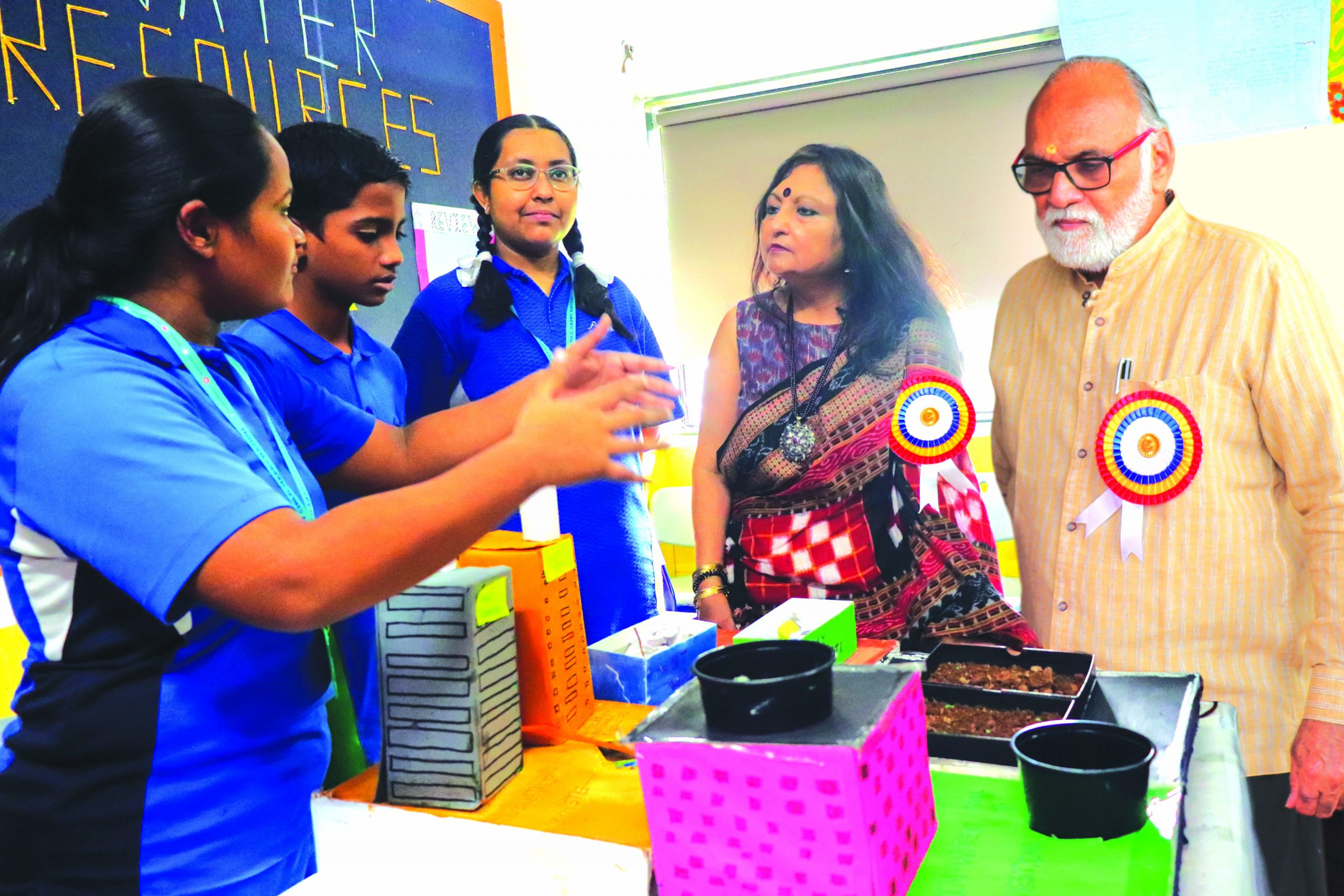
This year St. Mary’s, Mumbai, a Microsoft-certified state board affiliated K-10 school which smoothly managed the prolonged Covid-19 pandemic shutdown by going online in double quick time, has been awarded #1+ ranking, a nose ahead of the superbly equipped Mukarram Jah School, promoted by a trust founded by the former Nizam of Hyderabad and awarded highest score under the parameter of infrastructure. Muni International, which has an enviable reputation for BPS excellence in the national capital, retains its #2 rank of 2021-22 with top score under the teacher competence parameter.
The biggest gainer in the Super 30 2022-23 is the low-profile Nagarjuna High School, Kadapa (Andhra Pradesh) which has been catapulted to #3 (from #9 in 2021-22). With a few adjustments, the remaining seats at the 2022-23 Top 10 table have been retained by last year’s occupants with the exception of the previously unranked Pragati School, Ahmedabad which has made an impressive Top 10 debut.
“Our #1 rank in the EWIBPSR 2022-23 has given a warm glow to the 33rd anniversary celebrations of St. Mary’s. Somewhat paradoxically the long shutdown of schools countrywide during the Covid pandemic has strengthened the school as forced to go online, we have improved our technological prowess. This probably accounts for the #1+ ranking that St. Mary’s has been awarded this year. Although your knowledgeable sample respondents have awarded us top score on several parameters, the highest under the parameter of teacher welfare and development is most satisfactory. During the pandemic shutdown of schools, our teachers responded enthusiastically to our intensified IT-enabled training programmes to qualify as Microsoft innovative educator experts. This not only enabled us to keep the lamp of learning burning in our school, but has also transformed St. Mary’s into perhaps India’s sole BPS to provide high-quality hybrid learning programmes through IT empowered teachers mentoring digitally empowered students,” says Bharat Malik, a former printing technologist and marketing professional who together with his wife Neelam, an English literature postgrad of Bombay University with six years teaching experience at St. John Baptist School, Mumbai, promoted St. Mary’s High in 1989. Champions of BPS and private schools, under the aegis of the Education Today Foundation (regstd. 2006), the Maliks have also promoted a network of six top-ranked preschools in suburban Mumbai, two K-12 CBSE (Delhi) affiliated primary-secondary schools and the AryaGlobal Research and Training Institute, Mumbai for early childhood educators.
INDIA’S TOP-RANKED OTHER BUDGET PRIVATE SCHOOLS
BPS occupy a special place in the hearts and minds of EducationWorld editors. They are a private enterprise response to rising public demand for English language primary-secondary education which the majority of government schools don’t provide
Although the armchair critics tribe of communists, closet bolsheviks, and left-liberal fellow travellers love to hate them, India’s unique budget private schools (BPS) occupy a special place in the hearts and minds of the editors of EducationWorld. Contrary to what lefties believe, the number of BPS countrywide is not small. According to Centre for Civil Society (CCS, estb.1997), a respected Delhi-based think-tank, their total number pan-India is 400,000 with a massive aggregate enrolment of 60 million children.
Yet comrades and fellow travellers who despite the collapse of the communist Soviet Union still dominate India’s academy and media, routinely disparage BPS. Because they are a private enterprise response to rising public demand for English language primary and secondary education which the vast majority of government schools don’t provide.
However for the neta-babu brotherhood, people’s preferences count for little. They know what’s best for everyone. So instead of raising government schools standards and providing English education, their preferred option is to force BPS to shut down. Therefore they slyly inserted s.19 into the landmark Right of Children to Free & Compulsory Education (RTE) Act, 2009. Under this provision, private schools that don’t maintain prescribed teacher-pupil ratios, separate storerooms for rations, kitchens for mid-day meals, playgrounds for children as detailed in the Schedule of the Act, are liable to pay heavy fines and can be forcibly shut down. Shockingly, government schools are exempt from the provisions of s.19 and Schedule.
Nevertheless because of insistent public demand and despite constant harassment and extortion, BPS have survived and modestly prospered countrywide. And for reasons recounted above, BPS are highly valued within the Bengaluru and Mumbai offices of EducationWorld for providing children of aspirational lower middle class households English education. Indeed since 2015 EducationWorld has been commissioning annual surveys to rate and rank the country’s most admired BPS on several parameters of school education excellence, and ranking them nationally and in their host states and cities.
In September, we commissioned our partner company, Centre for Forecasting & Research Pvt. Ltd (C fore, estb.2000) to conduct a field research survey to rate India’s most admired BPS for the EducationWorld India Budget Private School Rankings (EWIBPSR) 2022-23. Accordingly 55 C fore field personnel interviewed 2,512 sample respondents comprising 2,200 SEC (socio-economic category) ‘B’, ‘C’, ‘D’ and ‘E’ parents with school-going children and 312 teachers to evaluate the best BPS on 11 parameters of K-12 excellence and rank them inter se nationally, in their host states and cities.
This year EWIBPSR 2022-23 has been divided into two segments — Super 30 budget private schools and remainder 654 BPS sufficiently well-known to sample respondents to be included in our league tables. Low profile schools rated by less than 25 sample respondents are not ranked. The BPS Super 30 are relatively well-established, affordable primary-secondaries with regional, if not national reputations. They are a class apart from other BPS which have remained unsung and are often targeted by left-liberals for allegedly ‘exploiting’ gullible parents.
It’s hardly a secret that BPS are routinely ripped off by education ministry officials for not adhering to the language policy of state governments and violation of fine-print discretionary rules and regulations written by bureaucrats. This unholy combination which utilises government schools as laboratories for hare-brained social engineering experiments and language chauvinism, would rather that childreNRemain illiterate than attend for-profit BPS. A 2014 Supreme Court judgement to the effect that parents — rather than the State — have the right to choose the medium of instruction for their children, is ignored by most state governments, where politicians and bureaucrats are neck-deep in teacher recruitment and vernacular language textbooks printing rackets.
For these and other reasons relating to freedom of choice, your editors are unapologetic champions of India’s unique budget private schools which provide the most affordable English – even if less than perfect – education worldwide. Therefore in the EWIBPSR 2022-23 survey, the Super 30 apart, C fore field researchers have rated and ranked another 654 BPS nationally, in their host states and cities.
We believe that not just the privileged elite and middle classes — SEC (socio-economic category) ‘A’ — but lower middle and working class households should be presented with information and evaluation data to enable them to choose BPS aptitudinally most suitable for their children.
Moreover, it’s also our belief that public presentation of the annual EWIBPSR league tables will enable school managements to conduct internal SWOT (strengths, weaknesses, opportunities and threats) studies and devise ways and means to improve selected parameter scores and enhance their institutional rankings which in turn will attract best teachers and students.
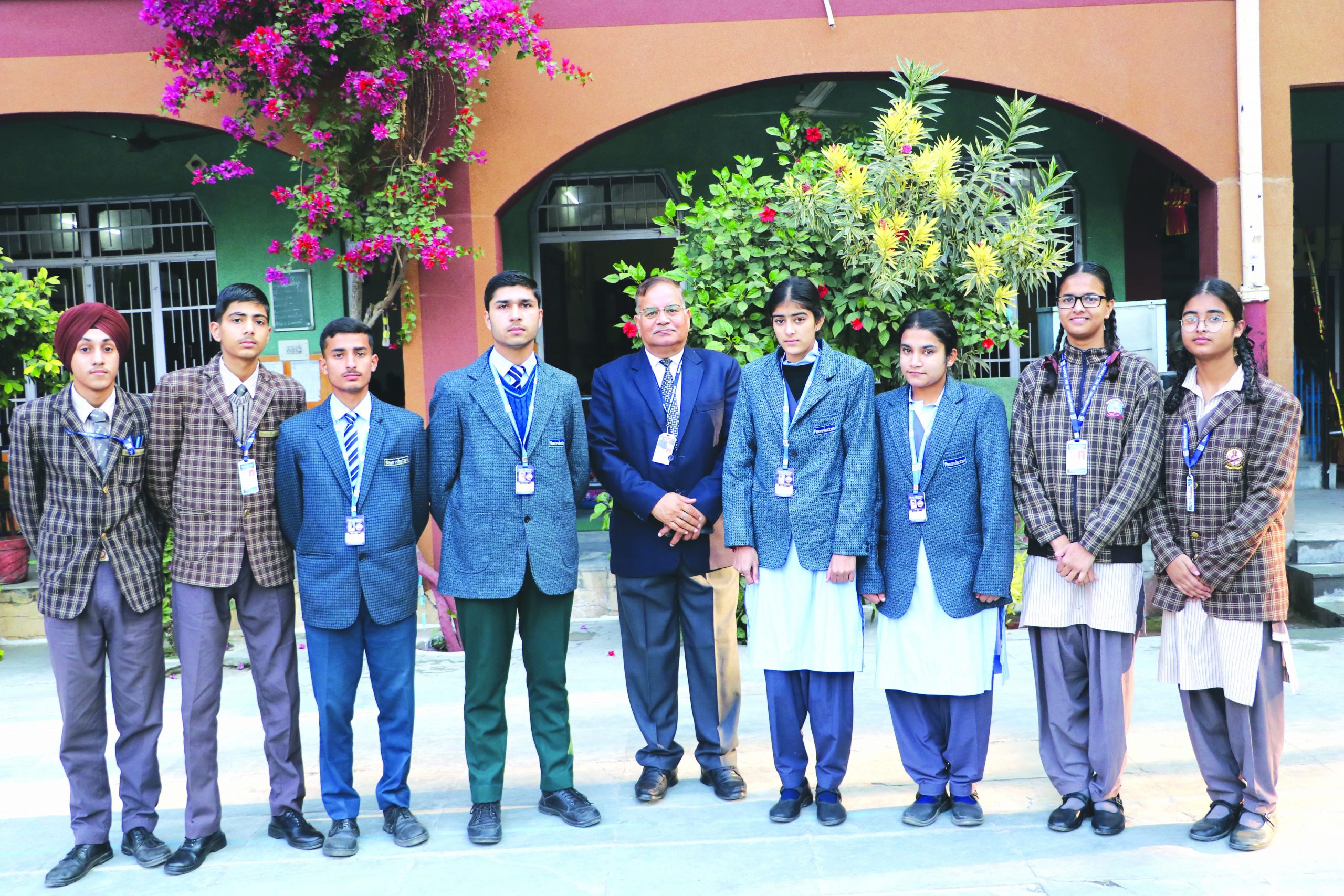
In the newly introduced EWIBPSR 2022-23 Part-II national league table, the Top 10 ranked schools are scattered countrywide. Shiksha Niketan, Jammu, Lord Krishna School, Ambala (Punjab), Tulsi Public School, Ambala, Mother Divine School, Rohini, Delhi and Triveni Talent School, Hyderabad are ranked the Top 5 in that order. With Super 30 BPS ranked separately, all of them have made a great leap forward in the EWIBPSR Part-II league table. For instance, the top ranked Shiksha Niketan, Jammu was ranked #27 in the composite EWIBPSR 2021-22, and Mother Divine, Rohini, Delhi #38.
Beyond top table, the Top 10 is completed by Hope Way Public School, Dehradun at #6 (#25 in 2021-22); Hari Vidya Bhavan, Sangham Vihar, Delhi #7 (27); Rosary Angels, Talaulim, Goa #8 (23); previously unranked Al Hira Model School, Chennai #9 and Little Angels School, Darjeeling #10 (93). Evidently segregation of budget private schools into the Super 30 and others has enabled a large number of BPS in the latter category to rise and shine.
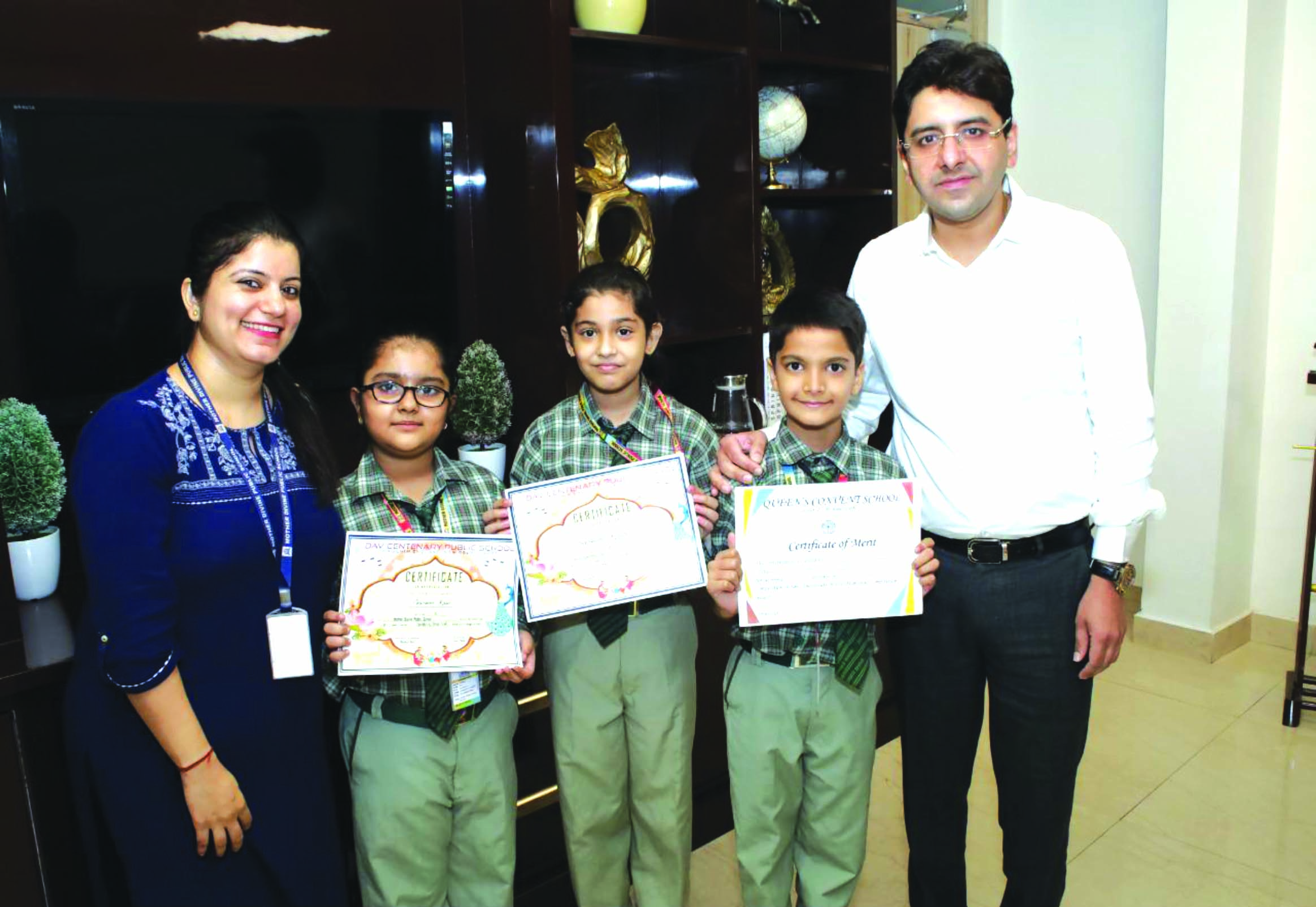
Mother Divine Public, Rohini’s Buddhiraj
A case in point is the top-ranked Shiksha Niketan School, Jammu (SKSJ, estb.1993) which prides itself for being a “true budget private school”. With top scores under the parameters of teacher welfare and development, individual attention to students, leadership, and near highest scores under safety and hygiene and value for money, SKSJ has been voted the country’s #1 ‘other’ BPS in EWIBPSR 2022-23.
“Credit for this achievement should accrue to our teachers, parents and students because they have harmoniously combined and collaborated to ensure high learning outcomes and holistic development of our children. Encouraging triangular cooperation between these vitally important communities enables SKSJ to provide balanced and joyful K-12 education to all our children. I’m especially satisfied that your sample respondents have awarded us the highest score under the parameter of individual attention to students. This is the prime objective and culture of SKSJ for the past 30 years since my father, a former bureaucrat who established the first Central government school — now transformed into a Kendriya Vidyalaya school — promoted SKSJ. We pride ourselves for being a genuine budget school which accords top priority to educating children from low-income households. Our fees are limited within the Rs. 1,000-1,600 per month range. In addition we provide complimentary education to 150 children every year. I am very satisfied that our successful triangular cooperation model has beeNRecognised by EW sample respondents,” says Rameshwar Mengi, a maths and education postgrad of Jammu University and promoter principal of SKSJ. Currently this state board affiliated K-12 co-ed day school has 5,300 students and 237 teachers on its muster rolls.
Mannan Buddhiraj, director of the Mother Divine Public School, Rohini, Delhi (MDPS, estb.1991), ranked #4 nationally and #1 in Delhi NCR, is also enthused by the top table rank awarded to this CBSE affiliated co-ed school. In particular he is pleased with the top score awarded by EW sample respondents to MDPS under the parameter of academic reputation.
“Although our class XII cohort who wrote the CBSE school-leaving exam this year fared very well with a __ percent average, our focus is not on high exam scores. In MDPS the emphasis is on providing our children a happy, holistic learning experience at affordable price. We believe that if a conducive learning environment is provided by the management, excellent academic outcomes will follow automatically. Therefore as indicated by our high scores under several parameters including curriculum and pedagogy, co-curricular and sports education and infrastructure, we have consistently invested in whole school development. Academic reputation and high scores in board exams are the natural outcome,” says Buddhiraj, an English postgrad of Kurukshetra University who also has a diploma in leadership from the Harvard School of Education. Currently, this CBSE co-ed day K-12 school (total fees: Rs. 5,000- 5,500 per month) has 3,201 children and 95 teachers on its muster rolls.
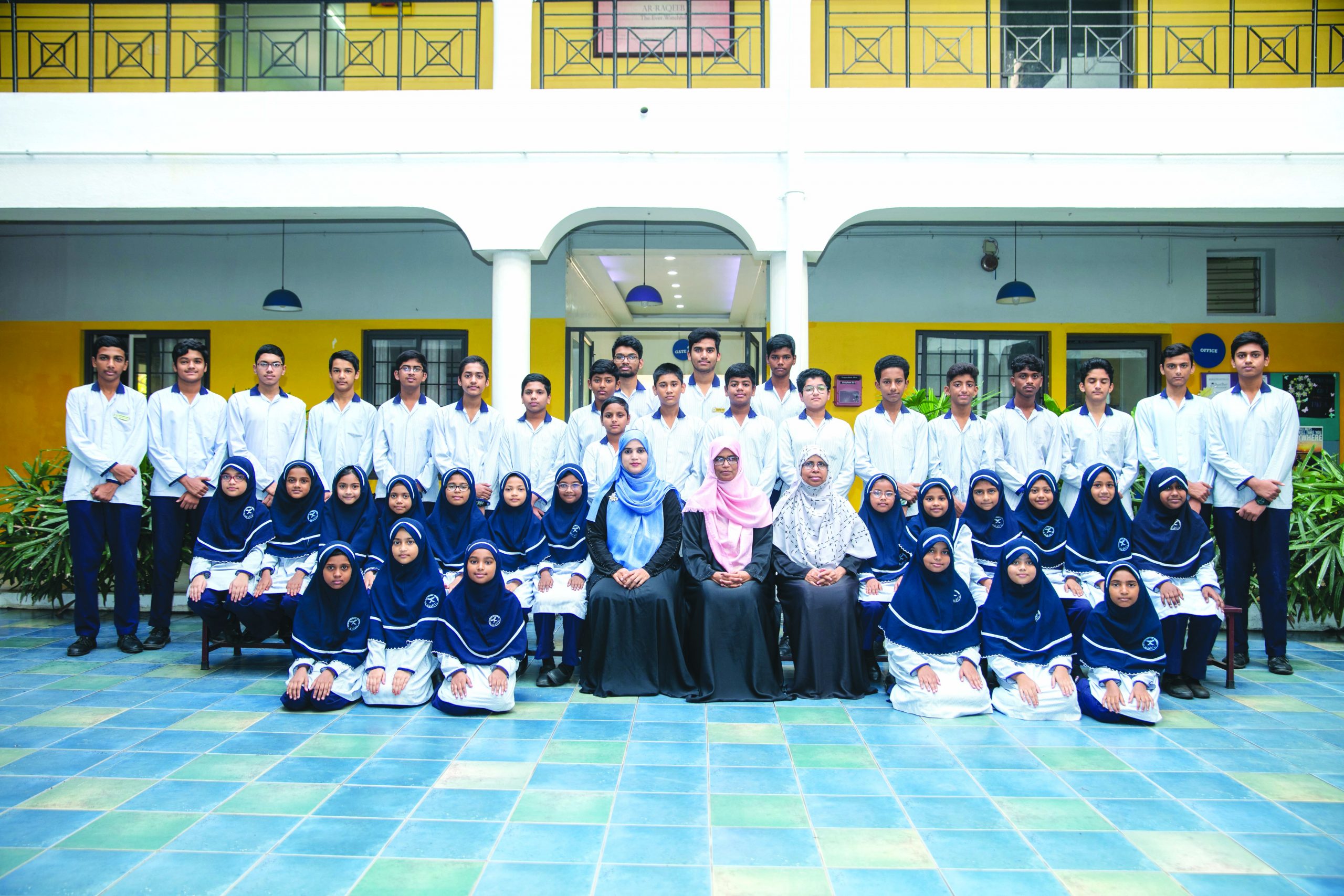
Al Hira Model School’s Safina Parveen (centre)
Steadfast belief in creating favourable conditions for holistic education to ensure excellent academic outcomes is also the watchword of Safina Parveen, a commerce and education postgrad of Madras University and principal of the CBSE-affiliated Al Hira Model School, Chennai (AHMS, estb.2004) which has 1,183 boys and girls mentored by 60 teachers. Unranked previously, AHMS has sufficiently impressed this year’s southerNRegion EW sample respondents who have awarded it high scores under the parameters of academic reputation, co-curricular education, leadership and value for money (average fee: Rs.2,500-3,000 per month) vaulting it into the national Top 10 and ranked it #1 in Chennai and Tamil Nadu.
Read: Al–Hira Model School
“In AHMS we offer children a wide range of co-curricular education options, debates, poetry, art and crafts as also coding education from early age. This plus the choice of a large number of field games such as cricket, hockey, football and track and field facilities enables our children to develop mind and body holistically. Excellent academic outcomes flow naturally from conducive learning environments. I am delighted that your sample respondents have acknowledged our efforts to provide our children wholesome, enjoyable education,” says Parveen.
Bearing in mind that the overwhelming majority of media neglected, low-profile BPS are day schools, their civic and state rankings are arguably more important than national rankings. Therefore parents and students are advised to accord high importance to state and city league tables of EWIBPSR 2022-23 when scouting for most suitable primary-secondaries for their precious progeny.
Therefore it’s pertinent to note that many BPS modestly ranked in the national league table enjoy king-size reputations in their host cities and states. For instance, St. Theresa’s Convent High, Mumbai ranked #18 nationally is the #1 BPS in India’s commercial capital and and the highly industrialised state of Maharashtra (pop.115 million).
Similarly Nandini Public School, Bengaluru ranked India #20 is the #1 BPS of the IT city of Bengaluru and Karnataka (pop.63 million). And Radha Madhav Public School, Bareilly, ranked #43 nationally is #1 in Uttar Pradesh (pop.220 million).
Also Read: India’s top-ranked budget private schools
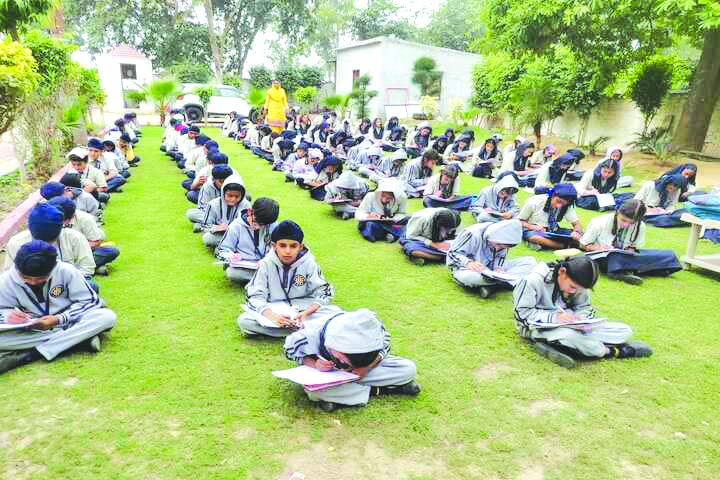
Guru Kalgidhar Public School children
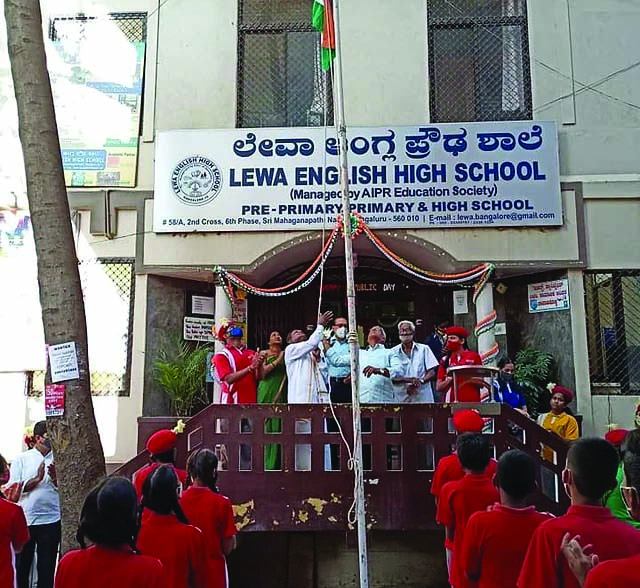
Independence Day at Lewa English School
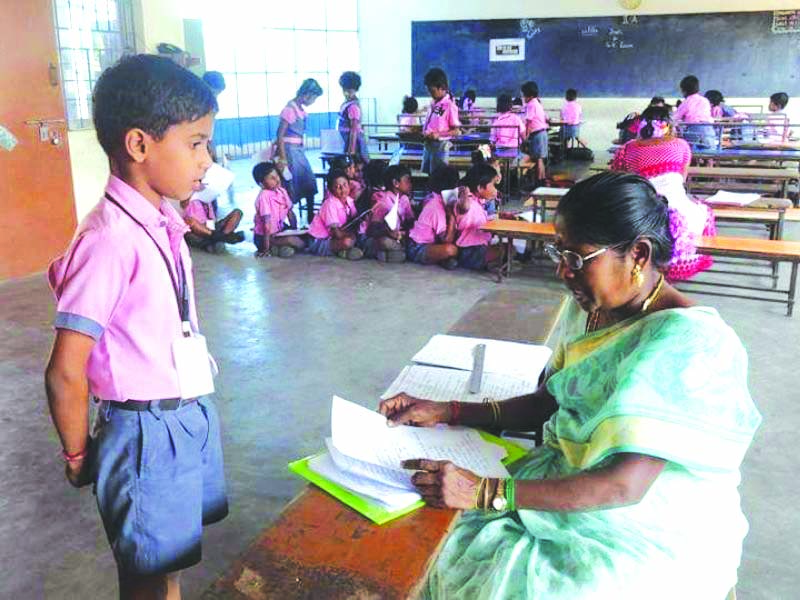
Angels Babyland Matriculation Hr Sec School class in session
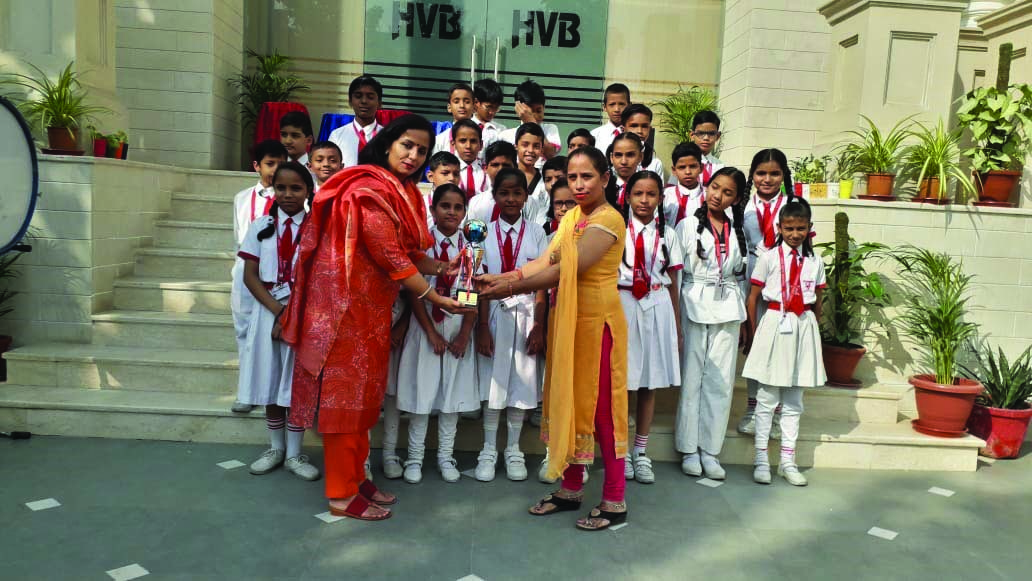
Hari Vidya Bhawan, Sangam Vihar children & teachers
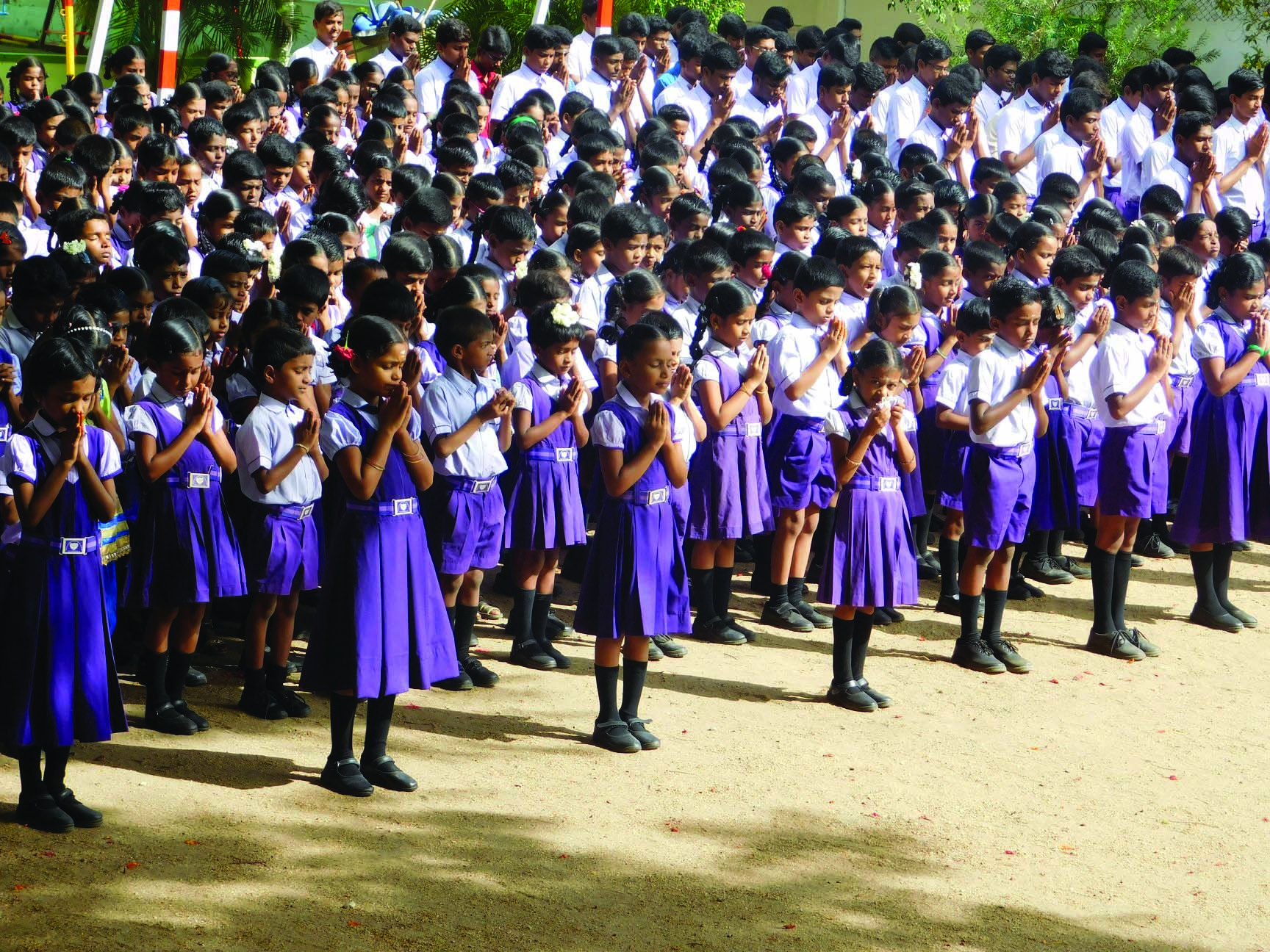
Little Flower Matriculation Hr Sec School, Sathyamangalam students
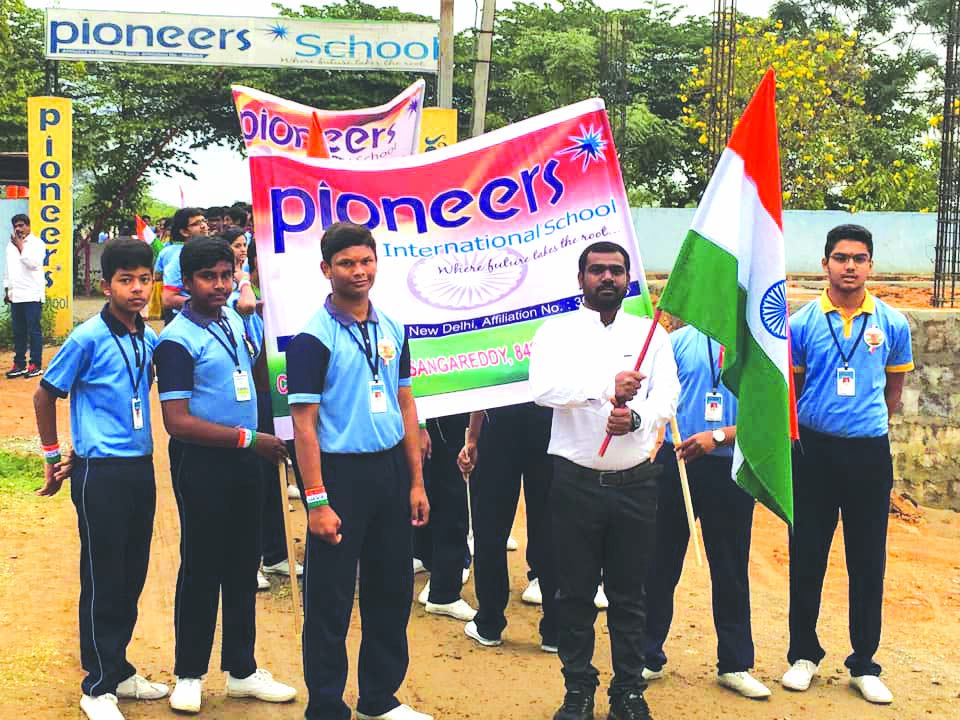
Republic Day at Pioneers International School
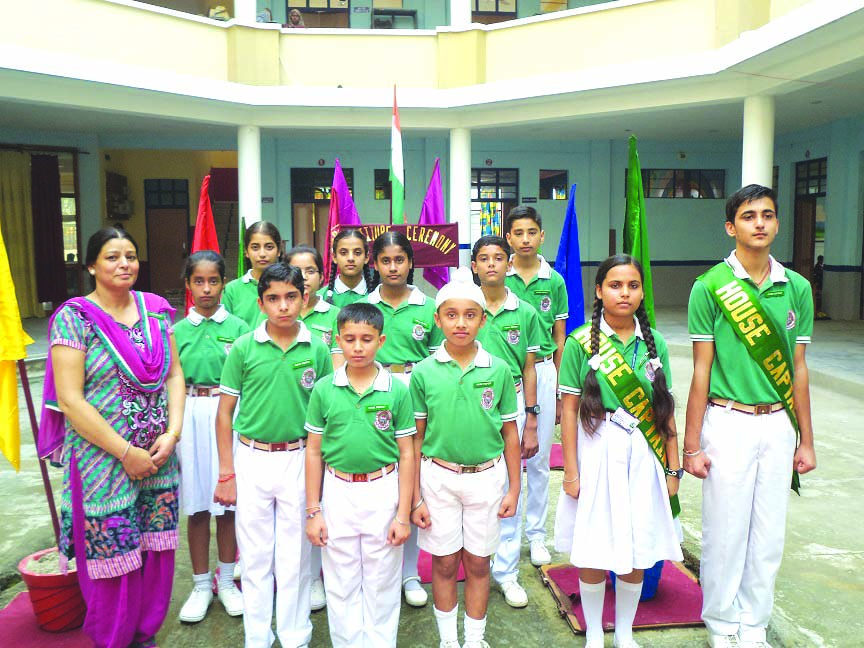
Bhargava Public School students
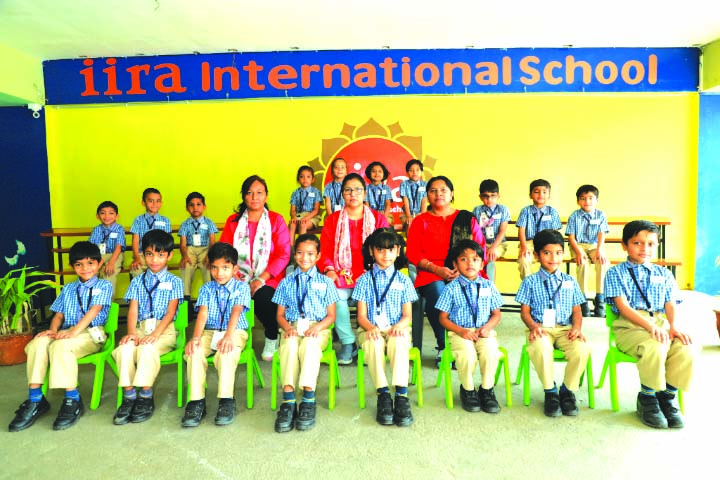
IIRA International School primary class
Educational Trends 2022:

































